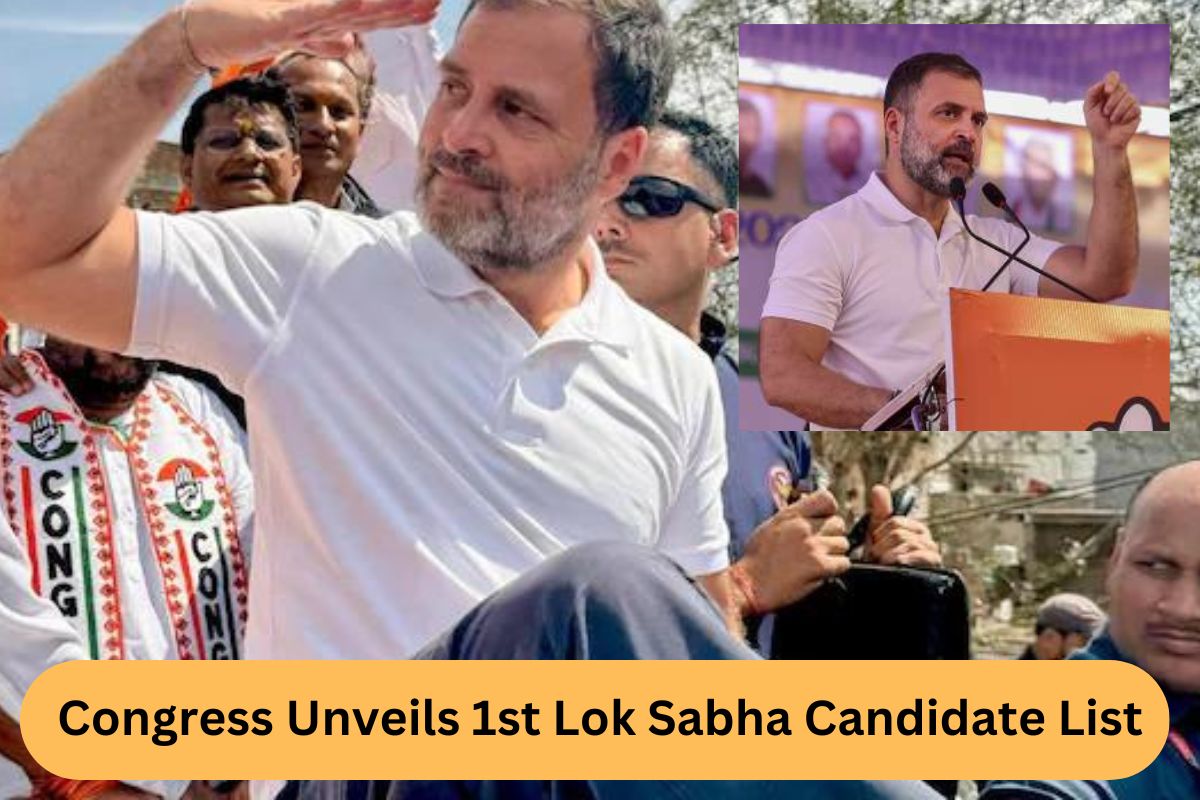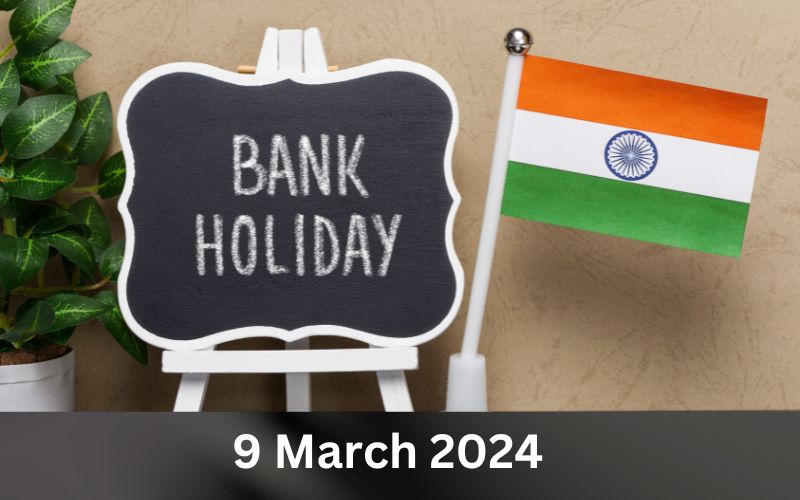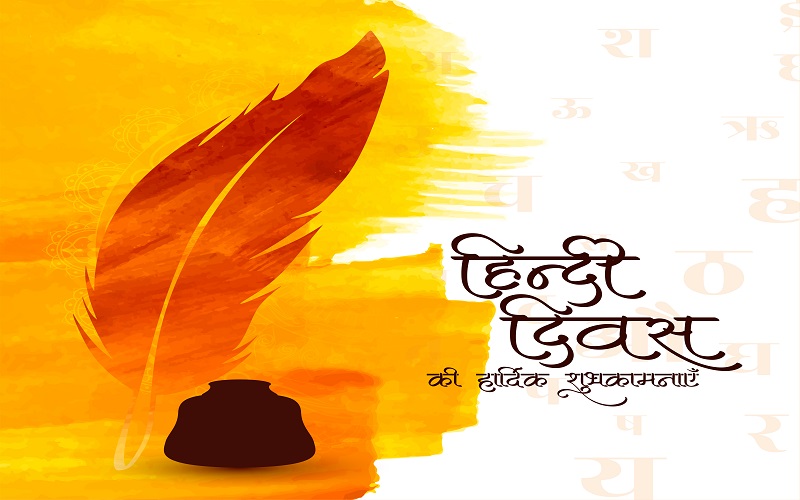In a dynamic response to the BJP’s electoral maneuvers, the Congress party has revealed its inaugural list of candidates for the forthcoming Lok Sabha elections. This unveiling encompasses 39 significant names, including stalwarts such as Rahul Gandhi, Shashi Tharoor, Bhupesh Baghel, and Congress General Secretary KC Venugopal. Let’s delve into the intricacies of this strategic move by the Congress and analyze its potential implications.
Notable Candidates and Their Constituencies
Rahul Gandhi’s candidacy from Wayanad in Kerala headlines the list, raising questions about a potential dual contest from his previous stronghold of Amethi. Meanwhile, Shashi Tharoor is set to defend his tenure in Thiruvananthapuram, a constituency he has represented for three consecutive terms. Bhupesh Baghel, the former chief minister of Chhattisgarh, adds further weight to the roster by contesting from Rajnandgaon. Additionally, Congress General Secretary KC Venugopal’s candidacy from Alappuzha in Kerala and DK Suresh’s nomination from Bengaluru Rural highlight the party’s strategic distribution of candidates across significant constituencies.
Regional Focus and Allocation of Candidates
The selection of candidates has been strategically concentrated in southern and northeastern states, with notable exceptions in Chhattisgarh and the Union Territory of Lakshadweep. The prominence of Kerala in the candidate list, with 16 candidates announced, underscores the Congress’s anticipation of leaving four seats for its allies. Karnataka, Chhattisgarh, and Telangana also feature prominently, with seven, six, and four candidates announced respectively. This regional focus is deliberate, considering the Congress’s stronghold in Karnataka and Telangana, as well as the BJP’s relatively weaker presence in the southern states.
Inclusivity and Representation
A noteworthy aspect of the candidate list is its emphasis on inclusivity, with 24 out of the 39 candidates belonging to marginalized communities such as OBC, SC, ST, and minorities. This commitment to representation aligns with the Congress’s broader agenda of social equity and inclusiveness, ensuring that diverse voices are heard and represented in the political sphere.
Future Outlook and Alliance Dynamics
The unveiling of the candidate list is just the beginning, with additional names expected to surface as alliances are solidified, particularly in states like Maharashtra. Negotiating seat-sharing agreements in Maharashtra, known for its electoral significance, has proven challenging for both the ruling NDA and opposition alliances. The delay in finalizing candidates may also be attributed to logistical considerations surrounding Rahul Gandhi’s ongoing Bharat Jodo Nyay Yatra, culminating in a massive rally in Mumbai on March 17. This rally is expected to draw leaders from across the INDIA alliance, symbolizing a collective effort to galvanize support and mobilize voters ahead of the elections.
Conclusion
The unveiling of Congress’s inaugural candidate list marks a significant milestone in the party’s electoral preparations. With a diverse array of candidates strategically placed in key constituencies, the Congress aims to mount a formidable challenge to its political adversaries. As the electoral landscape evolves, all eyes are on the upcoming Lok Sabha elections, where the battle for political supremacy will unfold amidst a backdrop of shifting alliances and strategic maneuvers.








